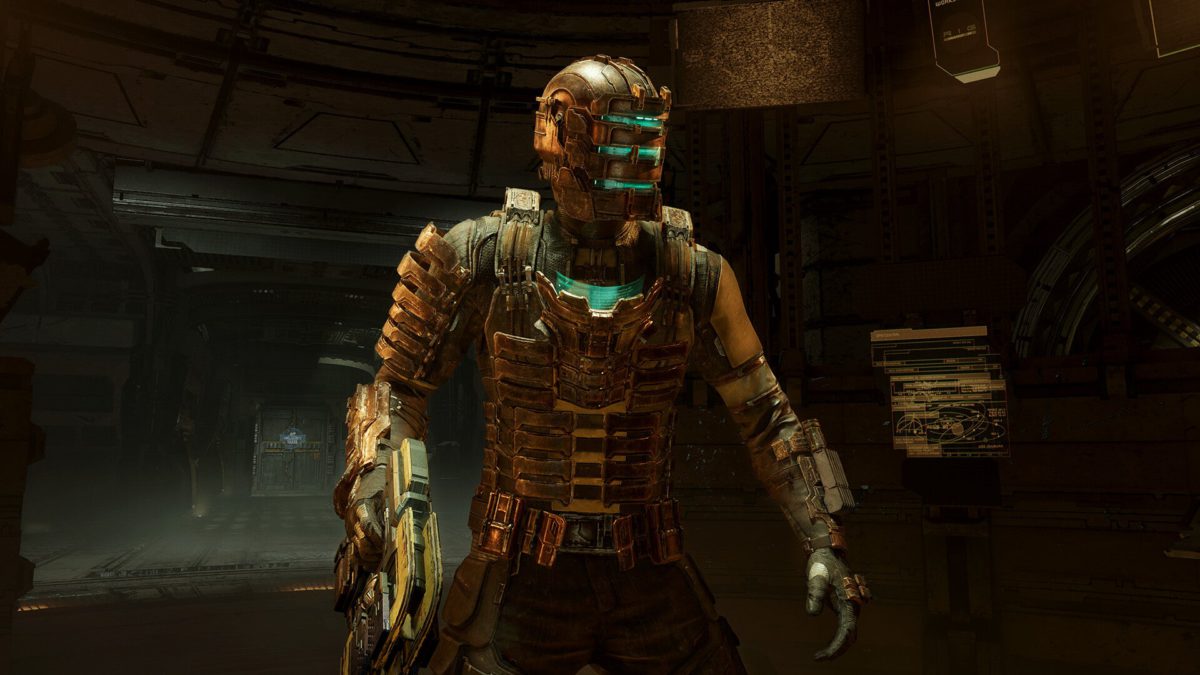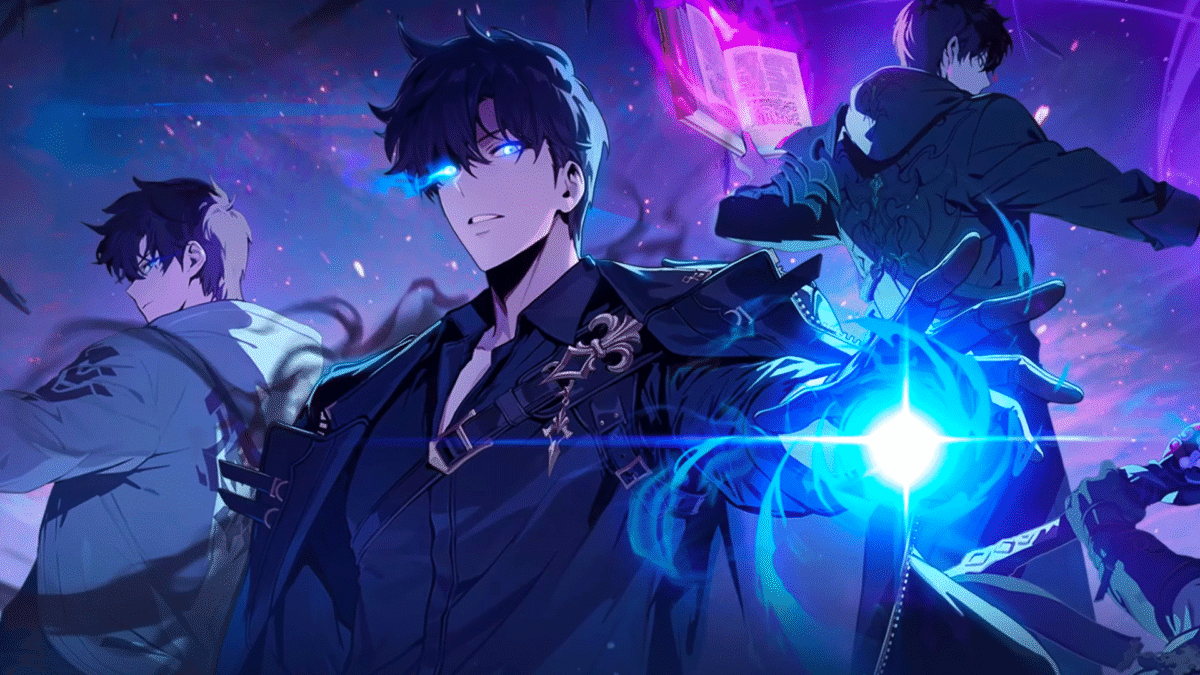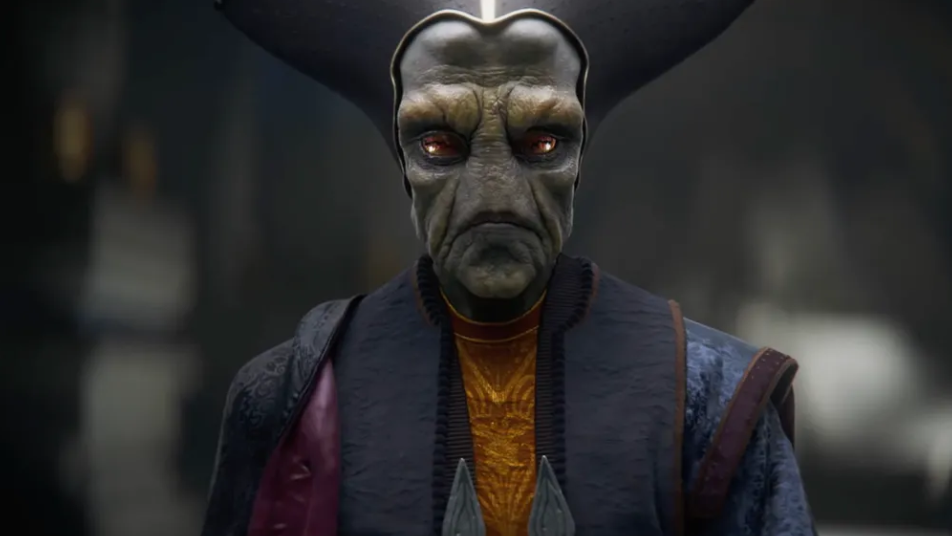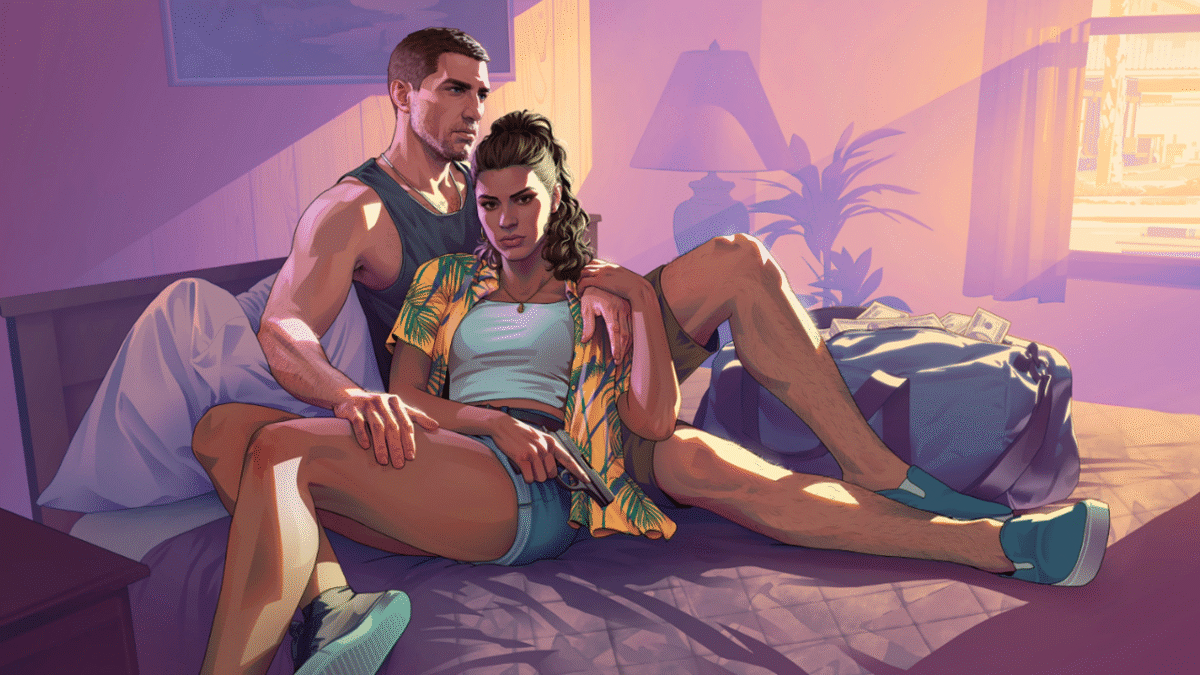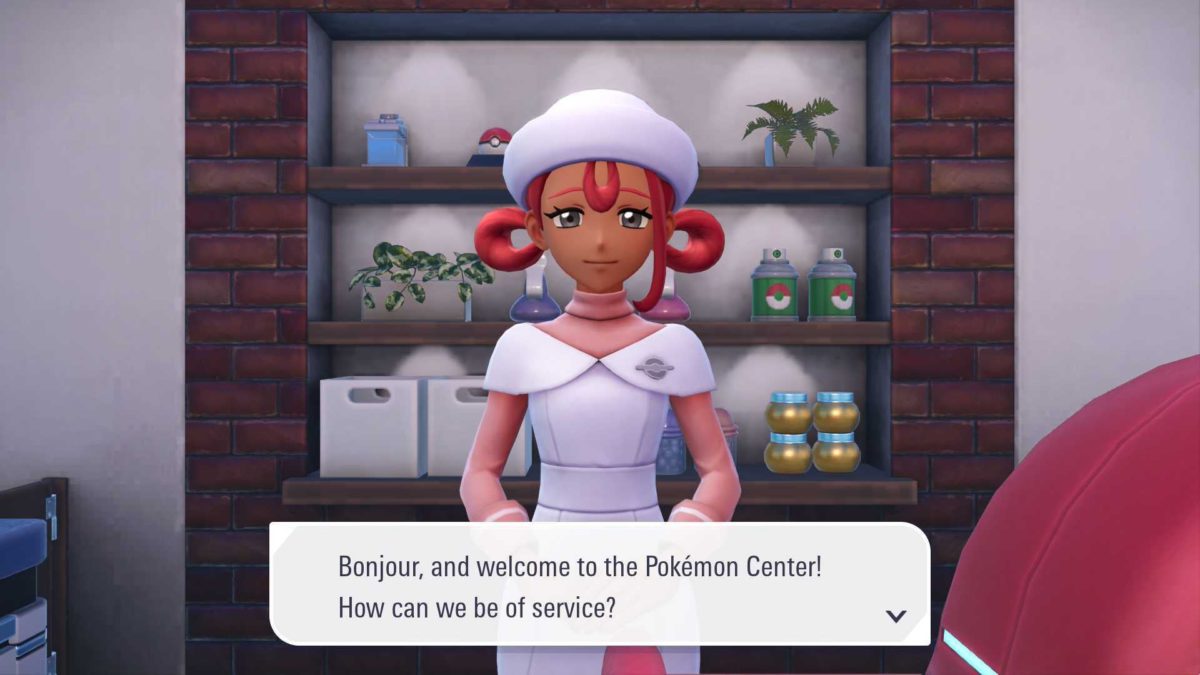
In an impassioned end to his keynote address on the opening day of Gamescom Asia x Thailand Game Show in Bangkok, Dead Space creator and industry veteran Glen Schofield has declared that the games industry is in dire need of fixing, and he believes he knows just how to go about it.
“We need to fix the gaming industry right now,” said Schofield to a room of games industry professionals. “It’s broken. It’s beaten, it’s battered, our developers are battered, they’ve been taking it on the chin for the last couple of years. We need to bring it back to what it was, right? Instead of all this negativity.”
The first and arguably most controversial step to take in Schofield’s opinion, is for the games industry to widely embrace the use of generative AI as a standard part of their development tool set.
“AI isn’t here to replace us,” continued Schofield. “It’s here to make us faster, better, and more efficient. And AI is for all of us, it really is. It’s not just for directors and artists, it’s for writers and marketing execs.
“So, I think [games industry] executives, owners, founders… Let’s start training our people on AI. Start it as soon as you can. Who cares if I’m EA or Activision or Namco or whatever, we should be working together at least in training and training our people up. That would be a huge help because I know we’re going to start hiring people back again.”
Next up, Schofield believes that investors need to loosen their purse strings and start spending more on games development, as well as putting the right people in charge of each studio.
“Come on, investors and execs, let’s stop this madness,” said Schofield. “You want to make a AAA game for like eight million dollars? You gotta get your guts back again. If we start putting money into the industry again, we know it’s going to make money.”
“To me, you picked the wrong people to run the teams, to run the games, right? In my opinion [you need] a big, creative person who’s running it. And then you put people around to help with this and that. That’s the way I work these days, right? I still run my studio in ways but I have people to help now so I can be 100% or 98% on that. That’s what these games need. I saw some of the people that were chosen and they were really good people, but there’s no way they were ready to direct a game.”
“So I said, let’s start putting money in, do due diligence a little better on that. We know we’re going to make money. But we have to make quality games, and you have to give them to the right people.”
Lastly, and perhaps most strangely given that he was presenting the opening keynote address at a rival games industry show, Schofield wished for the return of E3.
“Bring back E3,” said Schofield to soft applause. “I mean, come on. E3 is the granddaddy of them all. And I will tell you every single E3 that I went to made my games better. And I know there’s no formula to show a [return on investment] on that, [but] every game got better when you went there. You talked with your friends, you talked with colleagues, everybody’s thrilled to help you with the next technologies, or showing you mechanics. When the companies started going outside of E3 I knew this was the end, and I started boycotting those because [that] was not an industry that was working together, this is an industry that’s fragmented. And so now there’s no E3.”
Schofield concluded his address by reiterating that while he’s fully onboard with AI, the most important aspect of games development were the people making them, not the machines.
“Remember, ideas are the lifeblood of the industry,” said Schofield, speaking to the developers in attendance. “And those ideas? They come from you.”
How do you feel about Schofield’s plan to “fix” the games industry? Sound off in the comments below!
Tristan Ogilvie is a senior video editor at IGN’s Australian office, currently attending Gamescom Asia x Thailand Game Show.

